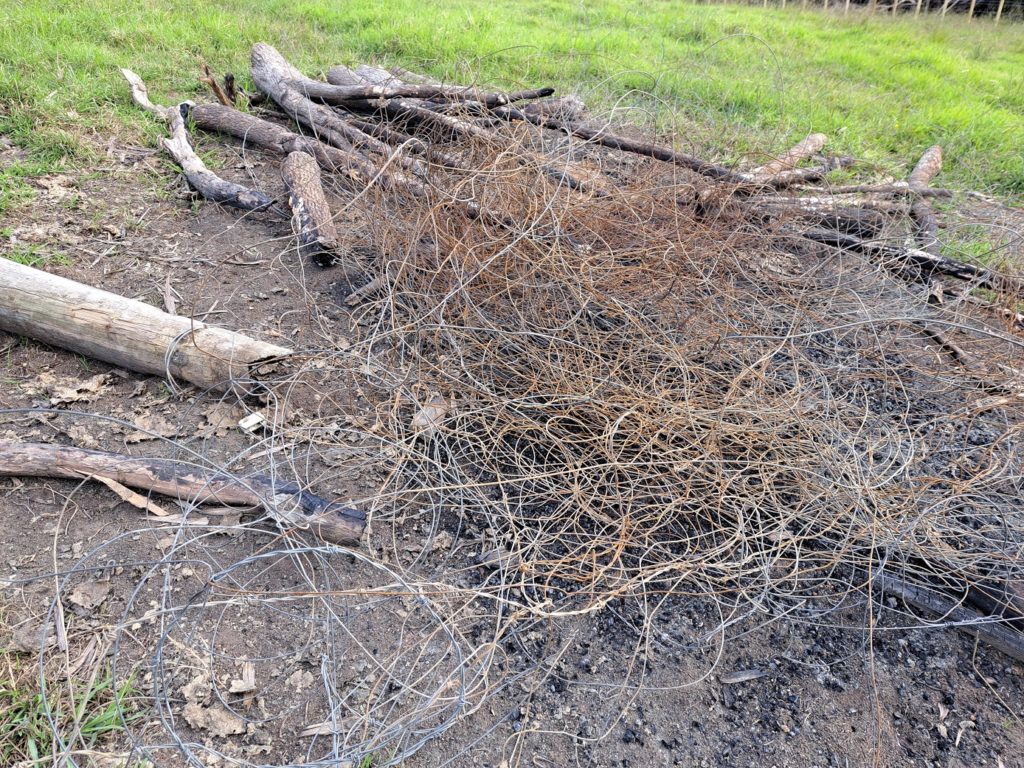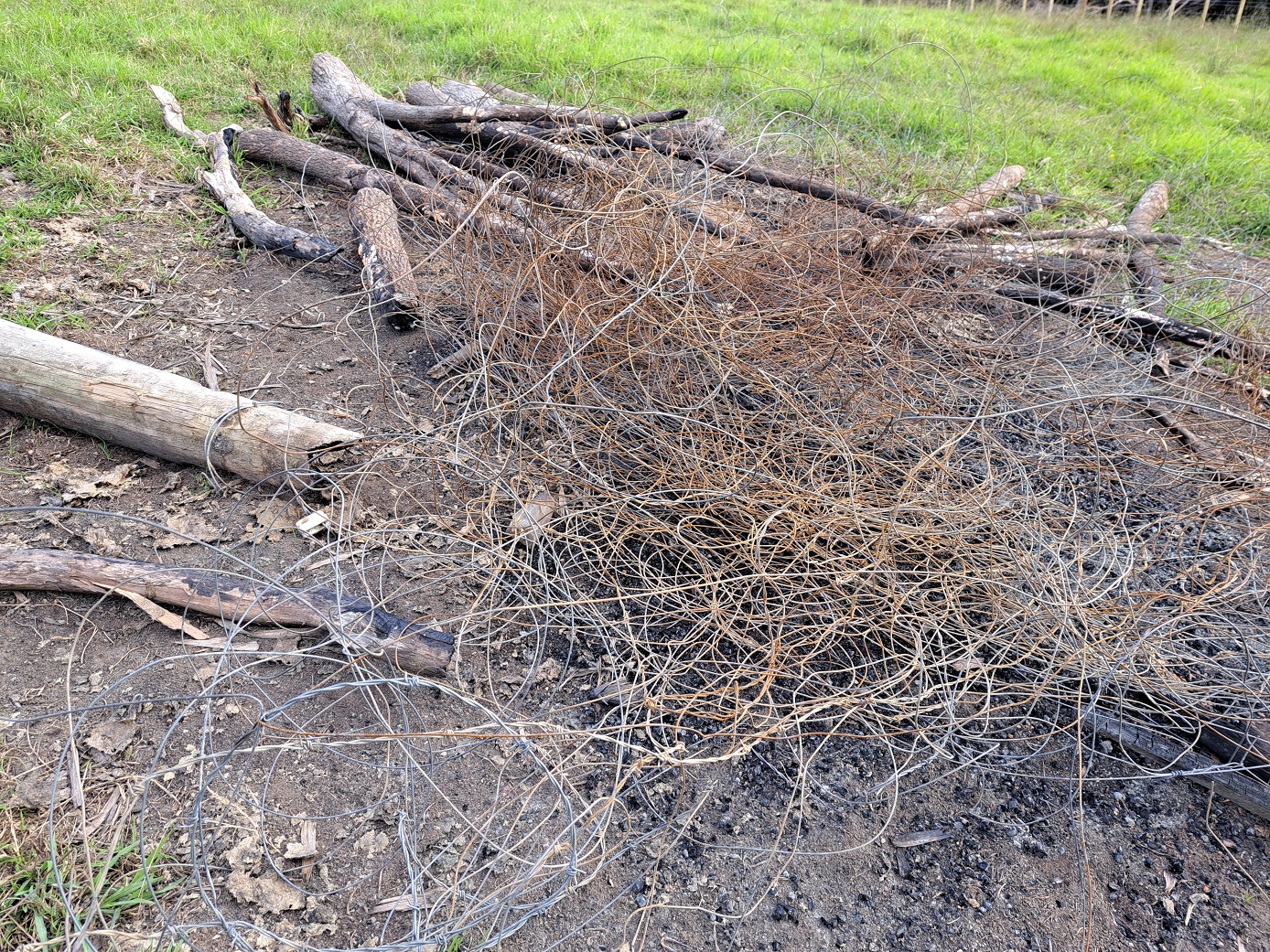MICHAEL HARDCASTLE
Clinical history
Three Hereford weaners showed signs of staggering, hypermetria or recumbency and two died; one recovered with supportive care. There was possible access to cholecalciferol or cyanide, but the clinical signs were not considered consistent with those intoxications. The weaner mob had been kept in a paddock where rubbish had recently been burned.

Laboratory findings
Serum chemistry on three more sick animals showed a marked azotaemia (creatinine up to 1127 µmol/L, reference interval 39-181; urea up to 59.9 mmol/L, reference interval 2.7-11.9).
Possible causes considered at this stage included acorn toxicity, Amaranthus retroflexus (redroot/pigweed), fluoride toxicity (superphosphate exposure), aminoglycoside toxicity, oxalate toxicity, leptospirosis and heavy metals such as arsenic. Samples of liver from two animals showed arsenic concentrations considered to be significant (12.5 and 8.7 mg/kg); histopathology of the kidney from the latter animal showed haemorrhage and multifocal tubular necrosis.
Discussion
Most arsenic toxicity is via ingestion, as in this case with the presumed source being ash from the bonfire. Classically, burned tanalised fencing material treated with arsenic has been considered a common source on farms, with soil contaminated by arsenical dips, fungicides and herbicides also being a possible source. Arsenic inactivates the sulphydryl groups on oxidative enzymes causing injury to multiple organ systems (e.g. GI tract, liver, kidneys, spleen, lungs). Small blood vessels are particularly sensitive to damage.
Clinical signs range from peracute death and abdominal pain, to neurological signs such as depression, convulsions, staggering and collapse; to shock, thirst, salivation, ruminal atony and gastroenteritis. Treatment options are limited but rehydration is important, since affected animals are often very dehydrated.
Arsenic toxicity is diagnosed sporadically at Gribbles Veterinary and it is worth remembering that this substance is still present in the environment and on farm, despite decreasing use (e.g. in the timber industry).
Thank you very much to Warkworth Veterinary Services for submitting this interesting case and permitting its publication.

